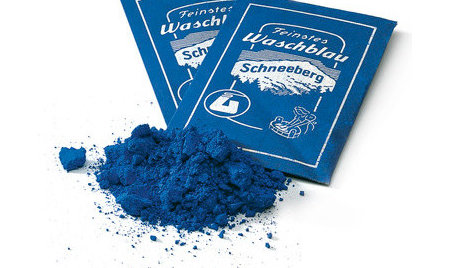So happy that this is the 1st spring where I don't have......
ilovemytrees
9 years ago
Featured Answer
Sort by:Oldest
Comments (6)
terrene
9 years agolast modified: 9 years agoRelated Professionals
Allen Landscape Architects & Landscape Designers · Fitchburg Landscape Architects & Landscape Designers · Graham Landscape Architects & Landscape Designers · Severn Landscape Architects & Landscape Designers · Blue Springs Landscape Contractors · Edinburg Landscape Contractors · Four Corners Landscape Contractors · Bronx Siding & Exteriors · Five Forks Siding & Exteriors · South Glastonbury Siding & Exteriors · Iowa City Siding & Exteriors · Cedar Falls Decks, Patios & Outdoor Enclosures · Lebanon Decks, Patios & Outdoor Enclosures · St. Louis Decks, Patios & Outdoor Enclosures · West Chicago Decks, Patios & Outdoor Enclosuresspedigrees z4VT
9 years agoterrene
9 years agolast modified: 9 years agospedigrees z4VT
9 years agoterrene
9 years agolast modified: 9 years ago
Related Stories

HOMES AROUND THE WORLDMy Houzz: Where Palm Springs Meets Gum Trees
A love of midcentury design and a knack for renovating lead this family to a 1960s gem on the outskirts of Melbourne
Full Story
PRODUCT PICKSGuest Picks: Have a Shiny, Happy Spring With Green and Gold
Get a glimmer in your eye as the season turns, thanks to accessories and furnishings in mint to emerald with a dash of gold
Full Story
REMODELING GUIDESWhere to Splurge, Where to Save in Your Remodel
Learn how to balance your budget and set priorities to get the home features you want with the least compromise
Full Story
MORE ROOMSWhere to Put the TV When the Wall Won't Work
See the 3 Things You'll Need to Float Your TV Away From the Wall
Full Story
BATHROOM DESIGNBath Remodeling: So, Where to Put the Toilet?
There's a lot to consider: paneling, baseboards, shower door. Before you install the toilet, get situated with these tips
Full Story
WINTER GARDENING6 Reasons I’m Not Looking Forward to Spring
Not kicking up your heels anticipating rushes of spring color and garden catalogs? You’re not alone
Full Story
FEEL-GOOD HOMEWhat Really Makes Us Happy at Home? Find Out From a New Houzz Survey
Great design has a powerful impact on our happiness in our homes. So do good cooking smells, family conversations and, yes, big-screen TVs
Full Story
FEEL-GOOD HOMEEmbrace a Few Beautifully Weathered Surfaces for a Happy, Durable Home
You don’t need to worry so much about scuff marks and dings when you accept the character and beauty of wear
Full Story
CONTAINER GARDENSHappy Houseplants, Happy People
Potted plants add life and beauty to a room. Learn easy ways to keep them healthy
Full Story
PRODUCT PICKSGuest Picks: Tools and Accessories for Inspired Spring Cleaning
You'll be happy to roll up your sleeves and get to work cleaning around the home with these accoutrements at the ready
Full StoryMore Discussions









bengz6westmd